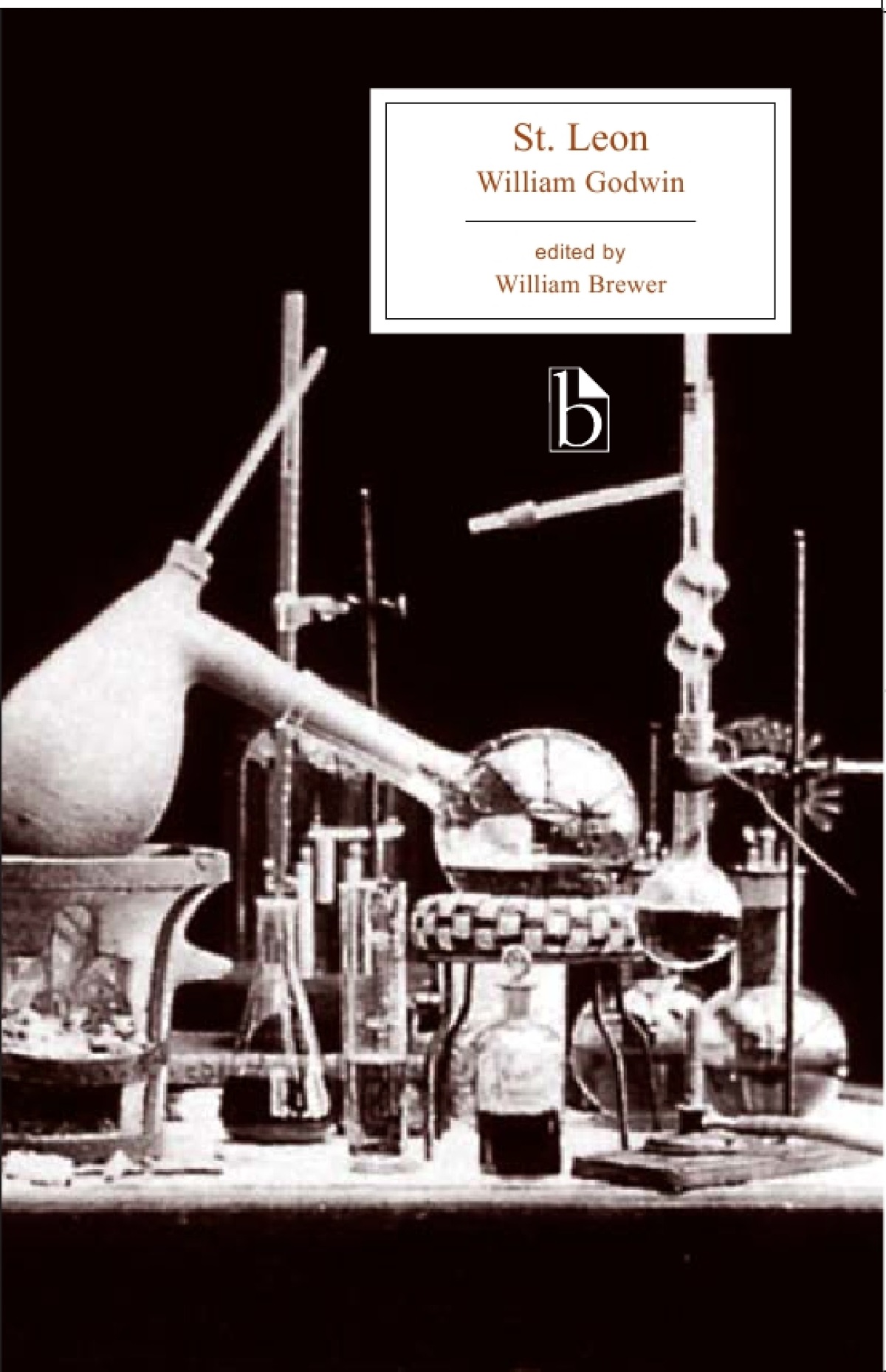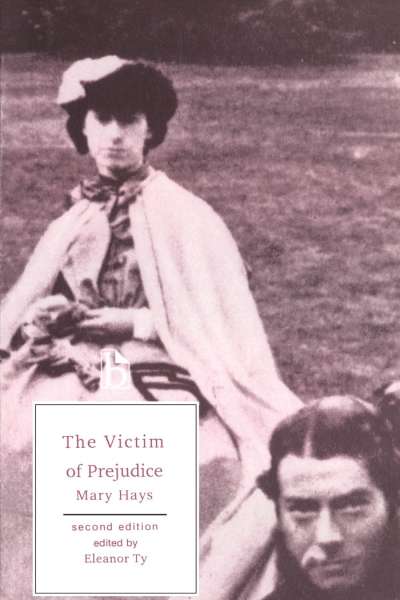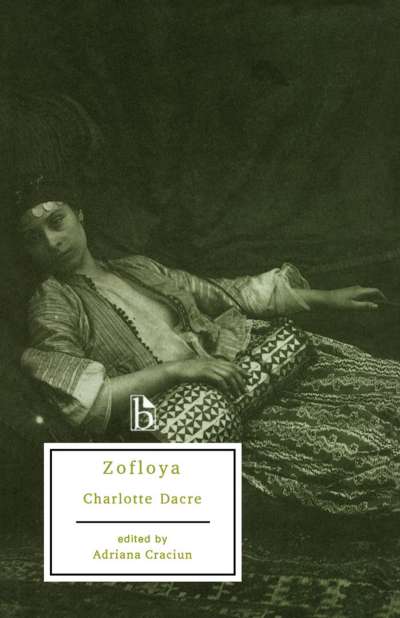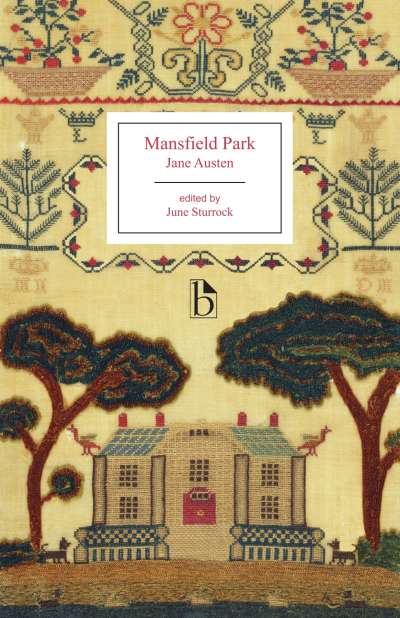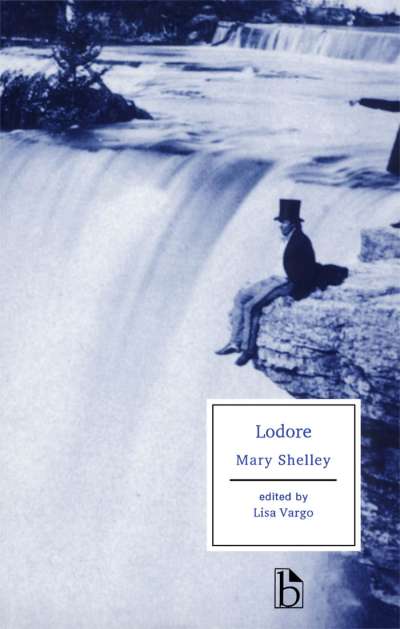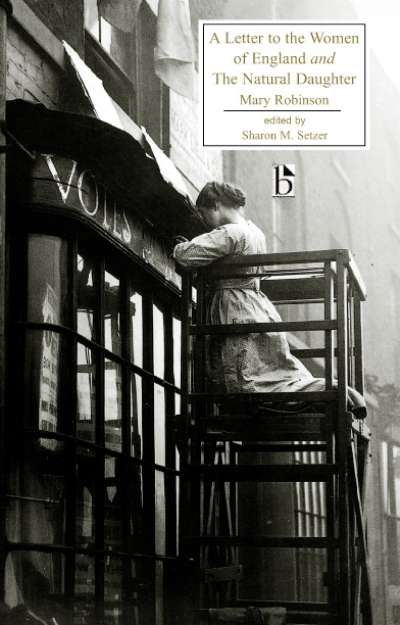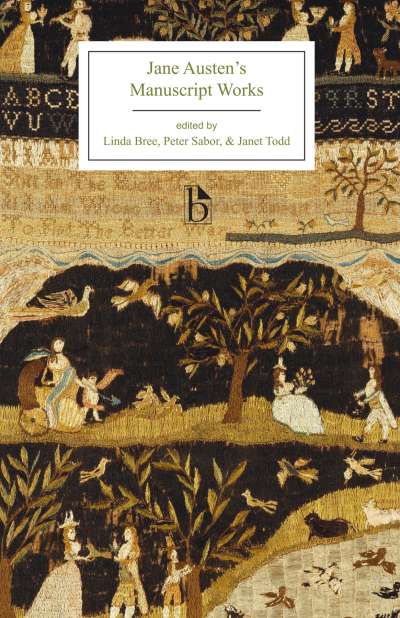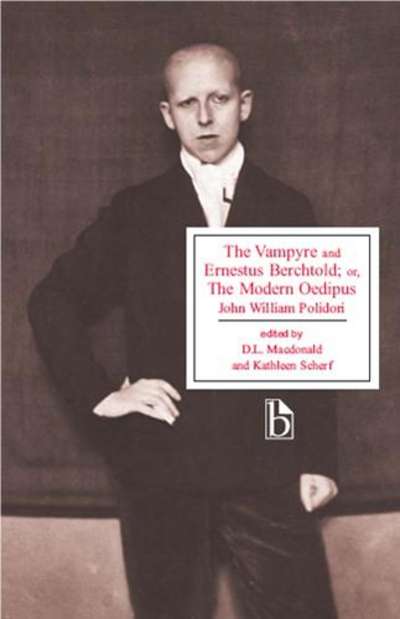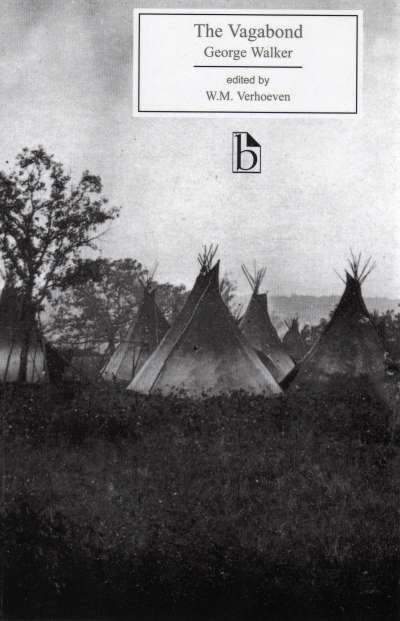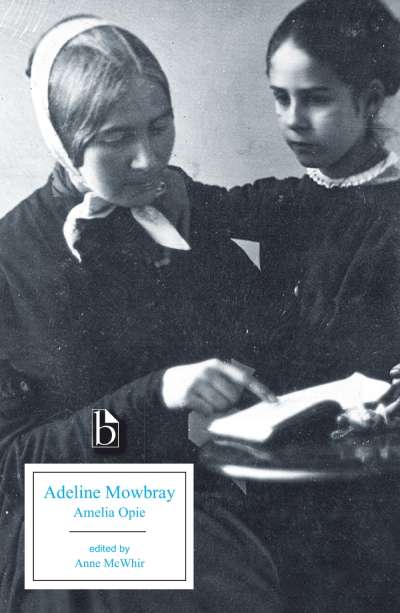Set in Europe during the Protestant Reformation and first published in 1799, St. Leon tells the story of an impoverished aristocrat who obtains the philosopher’s stone and the elixir of immortality. In this philosophical fable, endless riches and immortal life prove to be curses rather than gifts and transform St. Leon into an outcast. William Godwin’s second full-length novel explores the predicament of a would-be philanthropist whose attempts to benefit humanity are frustrated by superstition and ignorance.
This Broadview edition includes a critical introduction and full annotation. The appendices include contemporary reviews of the novel; Godwin’s writings on immortality, the domestic affections, and alchemy; and selections from works influenced by St. Leon, most notably Mary Shelley’s Frankenstein.
Comments
“St. Leon, Godwin’s second major novel, is a radical experiment in fictional genres. Into a historical novel of vast range and violence Godwin melded elements of the domestic novel, the philosophical novel, and the scientific fantasy. More relentlessly than the earlier Caleb Williams, this novel tests Godwin’s philosophical premises to destruction, showing the importance—and failure—of family affections and the disintegration of effective social responsibility. William Brewer’s judicious annotations and informative introduction equip the reader to understand Godwin’s re-evaluation of his earlier views; the appendices contain ample material illustrating the novel’s influence on other writers, its relation to Godwin’s other works, and the lively reactions of contemporary reviewers.” — Victoria Myers, Pepperdine University
“William Brewer’s edition of St. Leon is more than simply a new, well-edited version of the text. The introduction alone—which includes a precis of other important current critical work on St. Leon—makes this a must-have edition, rehearsing as it does the place of this unclassifiable novel in Godwin’s development and in the period, the influences visible in the novel, including its political implications and sources, and the novel’s reception and literary heirs. Many of these issues can be further pursued through the judiciously chosen excerpts in the appendices.” — Lisa M. Steinman, Reed College

